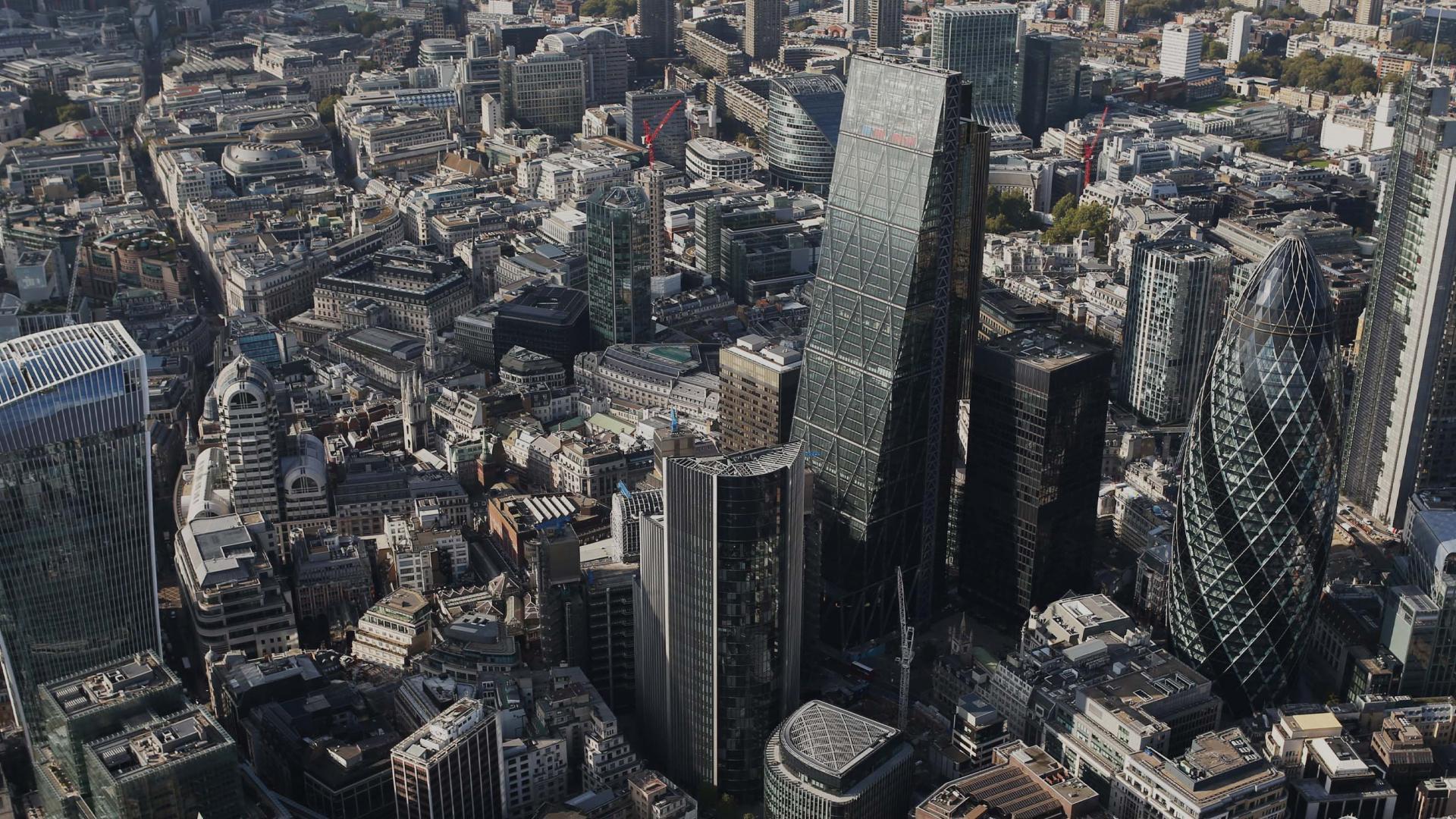For next week’s autumn statement all eyes will be on the scale and timing of well-trailed tax increases and spending cuts as the chancellor looks to deal with the fiscal problems created by our feeble economy. Last Thursday’s miserable forecasts from the Bank of England provide a foretaste of the sort of unhappy economic news that the Office for Budget Responsibility will deliver on November 17.
Jeremy Hunt has already been rather active of course, reversing most of the tax cuts announced in Kwasi Kwarteng’s disastrous mini-budget. The biggest reversal was on corporation tax. The main rate will rise to 25 per cent next April, as planned by Rishi Sunak when he was still chancellor, rather than remaining at 19 per cent as intended by Kwarteng. That should bring in £15 billion a year of tax revenue.
That should not, however, be the end of the story. In his spring statement Sunak committed himself to reforming business taxation in order to promote investment and said that he would come forward with proposals this autumn. Given that he is now next door in No 10, we might expect to see some announcements next week. I hope we do.
For there was some truth in the Truss/Kwarteng critique that a rise in the corporation tax rate could be damaging. Taking the headline rate to 25 per cent will still leave it relatively low by G7 standards, and pretty average by OECD standards, but our effective rate of corporation tax, and the revenue we get from it, will not be so low by international standards, or indeed by UK historical standards. For as the headline rate has fallen over time, from above 50 per cent in the 1970s down to 19 per cent now, the base on which the tax is levied has been gradually broadened. This has allowed revenues to be maintained but has meant that the system is far less competitive and investment-friendly than a simple comparison of tax rates would suggest.
Combining the present broad base with a rise in the tax rate could easily result in the highest sustained level of corporation tax revenues relative to GDP in the past 50 years. Our corporation tax take as a fraction of national income could rise to one of the highest in the developed world.
Meanwhile, business investment in the UK, at about 10 per cent of national income, is among the lowest in the developed world, well below the 14 per cent average, and is the lowest in the G7. That is not directly and primarily a result of our corporate tax system but high corporate taxes can be damaging. There is now a large academic literature on this and the results are consistent. Higher levels of corporation tax, whether that be via a higher rate or less generous allowances, do reduce investment.
So, raising the rate while not adjusting the base does risk creating more problems, reducing business investment and leaving us all worse off in the long run. That is in fact especially true in a period of high inflation, for when inflation is high many of the distortions and disincentives created by the corporation tax system are magnified.
One of the few elements of Kwarteng’s mini-budget to survive has been putting what was a temporary increase in the annual investment allowance for plant and machinery on to a permanent basis. Any qualifying investment of up to £1 million is immediately offset against corporation tax, providing a transparent incentive for such investments.
It will not, though, change the incentives for bigger investments, nor will it apply to investments in buildings and long-life plant and machinery, nor does it change the, already generous, tax treatment of R&D investments. At a long-run cost of less than £1 billion a year it is a small and partial, if broadly welcome, move.
The spring statement canvassed much more substantial changes, including full expensing of plant and machinery. That could cost more than £10 billion a year in the short run, so seems unlikely in present circumstances, although it would be much less expensive in the longer term. Alternative reforms could extend the scope of the annual investment allowance to a broader range of investments.
What we really need, though, is a real and consistent sense of direction. Our corporate tax system suffers from two fundamental flaws, both of which are seriously detrimental to UK economic performance.
The first is just a lack of consistency and stability. If there is one thing at the top of companies’ wish list from the corporate tax system, indeed any part of the tax system, it is that it be reasonably stable and predictable. Both in terms of yo-yoing rates and ever-changing policy towards allowances, recent experience has been the complete reverse. Nobody has the first clue where policy is going from one day to the next. That in itself deters investment. It really ought not to be hard to fix. One of the more positive achievements of the early 2010s was a corporate tax “roadmap” that, while far from perfect, did at least set out a strategy and sense of direction. It should be repeated.
The second, and related, problem is that the system is poorly designed and distortionary. It favours debt finance and penalises equity finance. It favours some sorts of investments over others for no obvious economic reasons. It does not fit coherently with either the personal tax system or with corporate tax systems in other countries. It reflects the lack of any serious long-term strategy.
What is needed, then, is a coherent plan for the future of corporation tax as part of a wider fiscal strategy, clearly communicated, that companies and investors can use as a credible guide to what to expect in the future. There are certainly considerable improvements that could be made. Short of that, some stability would be nice.
This article was first published in The Times, and is reproduced here with kind permission.









